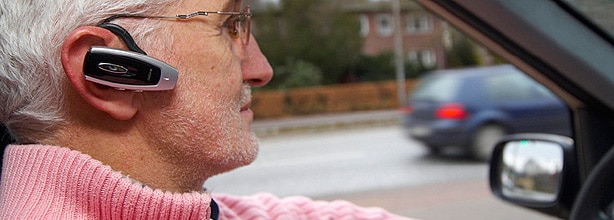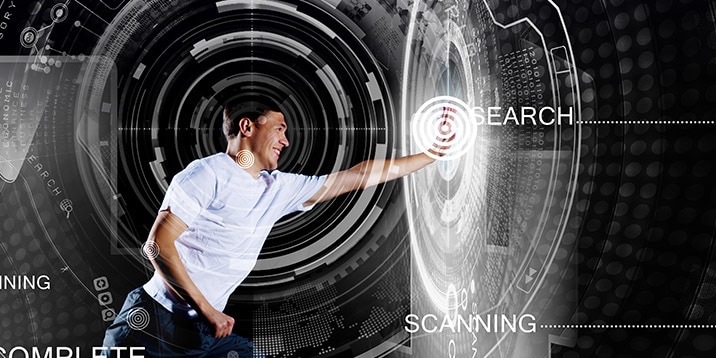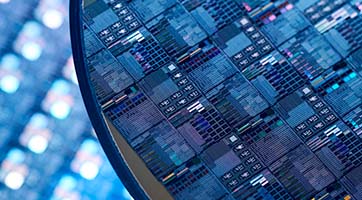
- Semiconductor Technology Now
Product
Will HMDs be the norm someday?
Given the issues and current state of HMDs described above, will they be a part of our lifestyle anytime soon? Previously, the consensus view was that it would take quite a while before HMDs become widely accepted. One of the reasons was that a person wearing an HMD often appeared very strange, and would probably be stared at if he or she walked in town wearing such a device.
That was certainly true for earlier generations of HMDs, many of which were rather bizarre and not particularly pleasing to the eye. But the latest monocular models including Olympus MEG 4.0 and Google Glass are quite stylishly designed and natural-looking, so the earlier objections may be easily forgotten.
Now that portable media players like iPod have become commonplace, nobody takes any notice if someone is walking on the street wearing headphones. However, very few people did that before the Walkman was introduced, and those who did must have been really conspicuous in those days.
Come to think of it, cellular phones went through a similar path to popularization. Once the shipment volume exceeds a certain level, these devices tend to multiply exponentially. So, if eyeglass-style computers like Google Glass keep evolving steadily, they may become very common sooner than we think, improving the comfort and convenience of our lives. For example, those wearable devices may offer an augmented reality (AR) navigation feature that helps you walk from point A to point B in any unfamiliar town. You may be able to show a video of your newborn baby to its grandparents in a remote city in real time, or seek advice on things to do on the fly.
Such functions will no doubt be available with smartphones, too. But a wearable computer that is on your person at all times can be a far more personal and ubiquitous device than a smartphone, and has far greater potentials. Once wearable computers catch on, they will most certainly inspire a lot of innovative applications and services that have never been imagined in the confines of the smartphone space.
Personal computing devices have steadily shrunk in size and weight, from full sized tower desktops to laptops, and then to smartphones and tablets. It doesn't take much imagination to figure out wearable computers are the next in line. In fact, Google expects to popularize Google Glass in three to five years. Who knows, maybe soon enough people everywhere will be walking around town wearing one of those devices!
Writer
Hideo Ishii
Born in 1970, Ishii completed a master's program in material science at the University of Tokyo's Graduate School of Engineering. He started contributing reviews to personal computer magazines while he was still a student, and became a full time writer after graduation. While Ishii's scientific interest is broad in scope, his work is particularly focused on computer hardware including notebook PCs, mobile devices, and DIY PCs. Ishii frequently contributes to such publications as Weekly ASCII, ASCII.jp, and PC Watch. He has authored or co-authored over a dozen books and mooks.



















